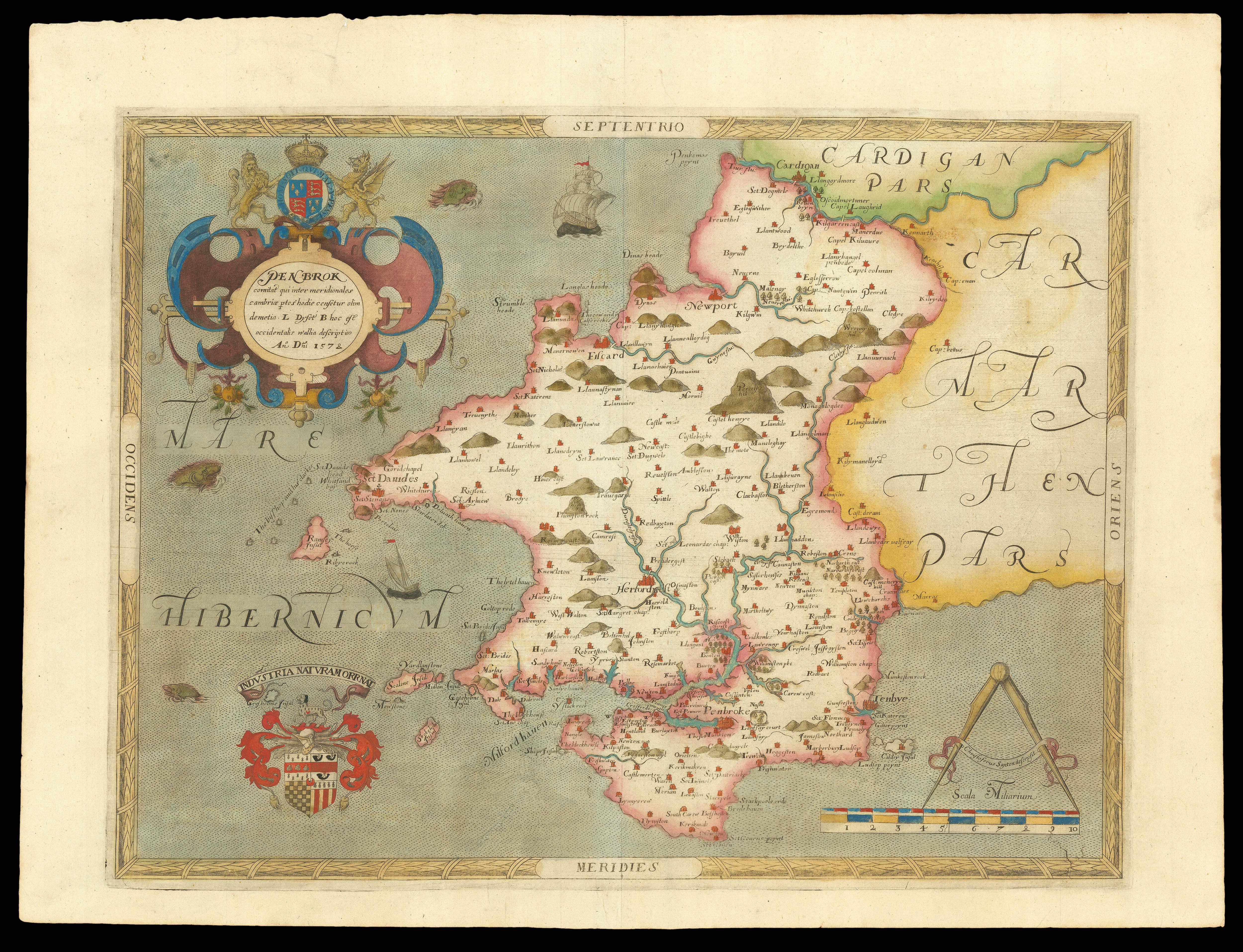
A Map or Groundplot of the Citty of London and the Suburbes thereof...
- 作者: HOLLAR, Wenceslaus
- 出版地: London
- 出版商: Sold by Iohn Overton at the Whitehorse in little Brittaine, next doore to little S. bartholomew gate
- 发布日期: 1666.
- 物理描述: Engraved map, with inset map and key.
- 方面: 270 by 345mm. (10.75 by 13.5 inches), Sheet size: 305 x 370mm
- 库存参考: 16453
笔记
The Great Fire of London broke out in a bakery on Pudding Lane, on Sunday 2nd September 1666 and raged for three days destroying most of the City of London. By the end, the fire had consumed some 13,000 buildings from Temple in the west to The Tower in the east, and Cripple Gate in the north, with thousands of people being left homeless.
Just five days after the fire had been tamed the King commission Wenceslaus Hollar and Francis Sandford:
“to take an exact plan and survey of our city of London with the suburbs adjoining as the same now stands after the sad calamity of the late fire with a particular depiction of the ruins thereof”.
Hollar was an obvious choice as he had been preparing, since 1660, a large bird’s-eye view of London, some “10 foot in breadth, and 5 foot upward”. Although his grand view was backed by the King, the project struggled for funding, and the Great Fire would make much of his endeavours redundant.
The two men worked quickly to survey the wreckage and by mid November Hollar had engraved the first map showing the extent of the damage: ‘A Map of the Groundplott of the Citty of London with the Suburbes thereof…’.
Soon after, or more probably concurrently, he would engrave this map, for the map and printseller John Overton. The map is on the same scale as the former work, and bears an almost identical title. However, Hollar has slightly increased its extent to include Lincoln Inn’s in the west, and more buildings east of The Tower of London. The area devastated by the fire is shown devoid of house, only the street layout and the ground plans of the churches and principal public buildings are marked.
Hollar has also included, for the first time on any post fire map, an inset of the whole of London, ‘A General Map of the whole Citty of London with Westminster and all the suburbs…’, which puts into context just how devastating the fire was for central London.
A key to the bottom right lists 100 churches (1-100) – 82 of which had been consumed by the fire – together with a list of 24 public buildings and gates (A-Z), and 14 whares, staires, and docks (a-o). The insert map also bears two keys one list 10 public buildings (A-K) and 18 squares, markets, and fields (a-s).
This map together with John Leake’s survey of the city of 1667, which Hollar would also engrave, would form the basis for the reconstruction of the city.
The plan is mentioned in glowing terms by Samuel Pepys in his diary, 22 November 1666:
“My Lord Boruncker did show me Hollar’s new print of the City, with a pretty representation of that part which is burnt, very fine indeed; and tells me that he was yesterday sworn the King’s servant, and that the King hath commanded him to go on with his great map of the City, which he was upon before the City burned, like Gombout of Paris, which I am Glad of.”
And by John Evelyn:
“I have since lighted upon Mr. Hollar’s late Plan, which looking upon as the most accurate hitherto, has caus’d me something to alter what I had so crudely don [sic]”.
Although Hollar’s plans were extensively used by the likes of John Evevlyn and Robert Hooke, for the reconstruction of the city, and copied by many European mapsellers, extant examples are rare. The only example to come to auction (Christies, 2019, £37,500) was attached to a 1670 surveyor’s report by Robert Hooke.
 地图
地图  地图集
地图集  珍本
珍本  版画
版画  天文仪器
天文仪器 










